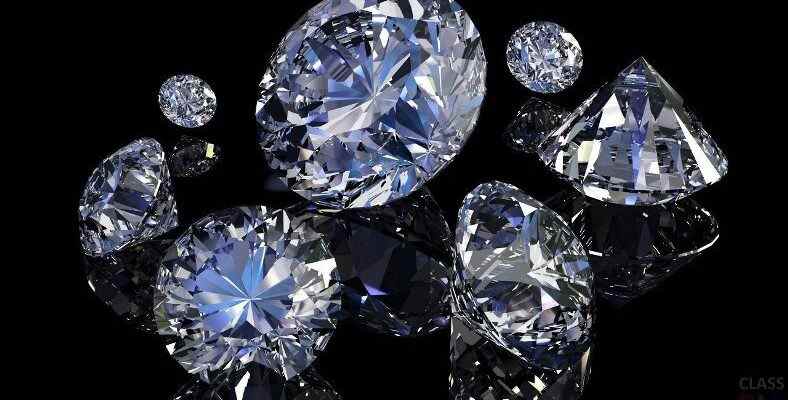Diamond, which adorns the most precious jewelery items, is also used in industry, considering it to be the hardest material in the world. Composed of pure carbon, diamond is known as the hardest material in the world, but this is not the case. Scientists have revealed that there are materials that are much harder and more durable than diamonds.
Who could refuse a ring, necklace or bracelet encrusted with diamonds, one of the most precious stones in the world? What if we told you that the diamond, which we admire when we see it, is also used in industrial products for industrial purposes? Diamond, As well as being one of the most precious stones in the world, it is also one of the hardest materials in the world. Even for many years Diamond has been called the hardest substance in the world. However, this is not the case.
Diamond it is an extremely hard and durable material, but recent discoveries and studies by scientists have revealed that diamond is only the 7th hardest substance in the world. In other words, there are substances on Earth that can withstand many times the weight of a diamond. While we don’t expect them to look as cool as diamonds on jewellery, However, let’s take a closer look at the other hardest materials in the world.
What is a diamond?
Diamond is a substance composed of pure carbon. It is indicated with a value of 10 on the Mohs hardness scale, that is, the highest value. This means It can draw all known materials. Therefore, it is frequently used for industrial purposes. Artificial diamond is preferred for industrial use, since the diamond material can also be produced by human hands.
The power of a diamond, which can only be melted at 3547 degrees Celsius, comes from carbon. So much so that when we proportion we can talk about 1 foreign atom for every 10 thousand carbon atoms. Diamonds are generally found at a depth of 300 meters from the ground. Diamonds produced by human hands have no value as jewellery. For this reason, people still work in diamond mines and continue to give their lives for fancy items.
What is expected from hard materials like diamond?

Before talking about substances that are even harder than diamonds, it is necessary to talk about how a physical substance gains adjectives such as strong and hard. Basically without a substance being deformed that is, the more weight it can withstand without changing its physical structure, the stronger and harder it is seen.
Ceramic, for example, is very strong but disperses easily. Rubber, on the other hand, can withstand incredibly high weights, but It is not considered hard because its physical structure has deteriorated. Substances that can both withstand high weights and do not degrade their physical structure are considered to be truly strong and hard.
Substances harder than diamond:
- boron nitride
- Lonsdaleite
- dyneema
- Palladium micro alloy glass
- Buckypaper
- graphene
Formed by volcanic eruptions: Boron nitride
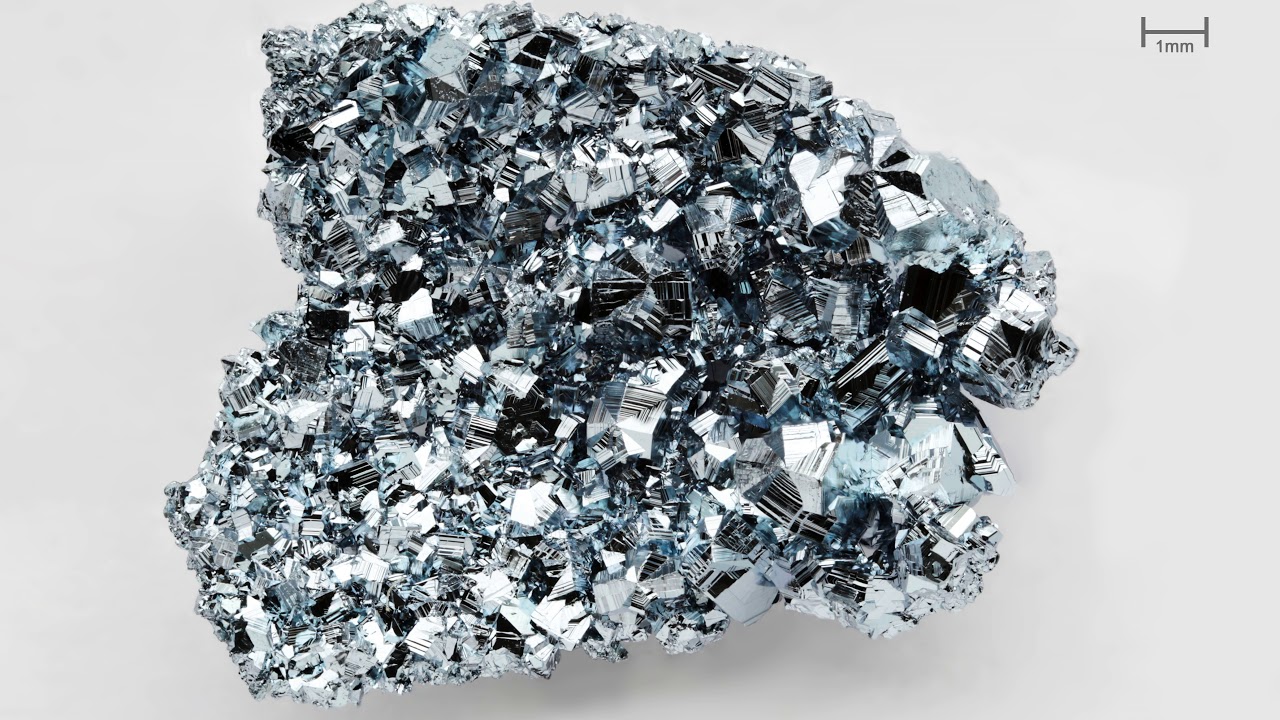
Boron nitride is formed only during volcanic eruptions and therefore It is an extremely rare and hard-to-find item. There are no definitive experiments on it, but according to many simulations, this material is 18% more durable than diamond. This material, which we can find in amorphous, hexagonal and cubic structures, is not carbon-based. It is formed by a special combination of boron, which is in the 5th rank in the periodic table, and nitrogen, which is in the 7th rank.
Power from outer space: Lonsdaleite
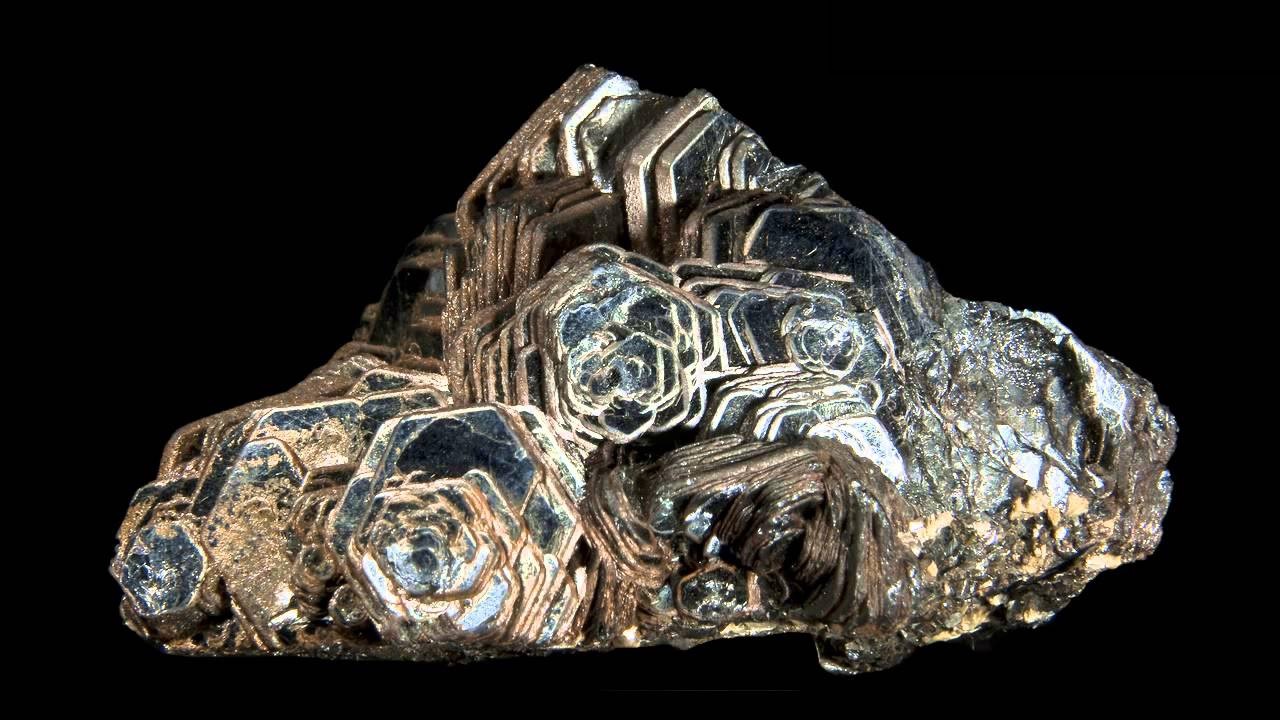
Our next item comes from outer space. As a carbon-based, graphite-filled meteor enters Earth, its outer shell heats up unimaginably but inside it is almost cool. However, the pressure created during this heating strengthens the graphite structure inside, turning it into Lonsdaleite. Lonsdaleite material turns into a material that is 58% harder than diamond as a result of the pressure formed. Although it is not a pure substance as diamond, it is still the most suitable raw material for a material that is much stronger than diamond.
Lighter than water, bulletproof: Dyneema
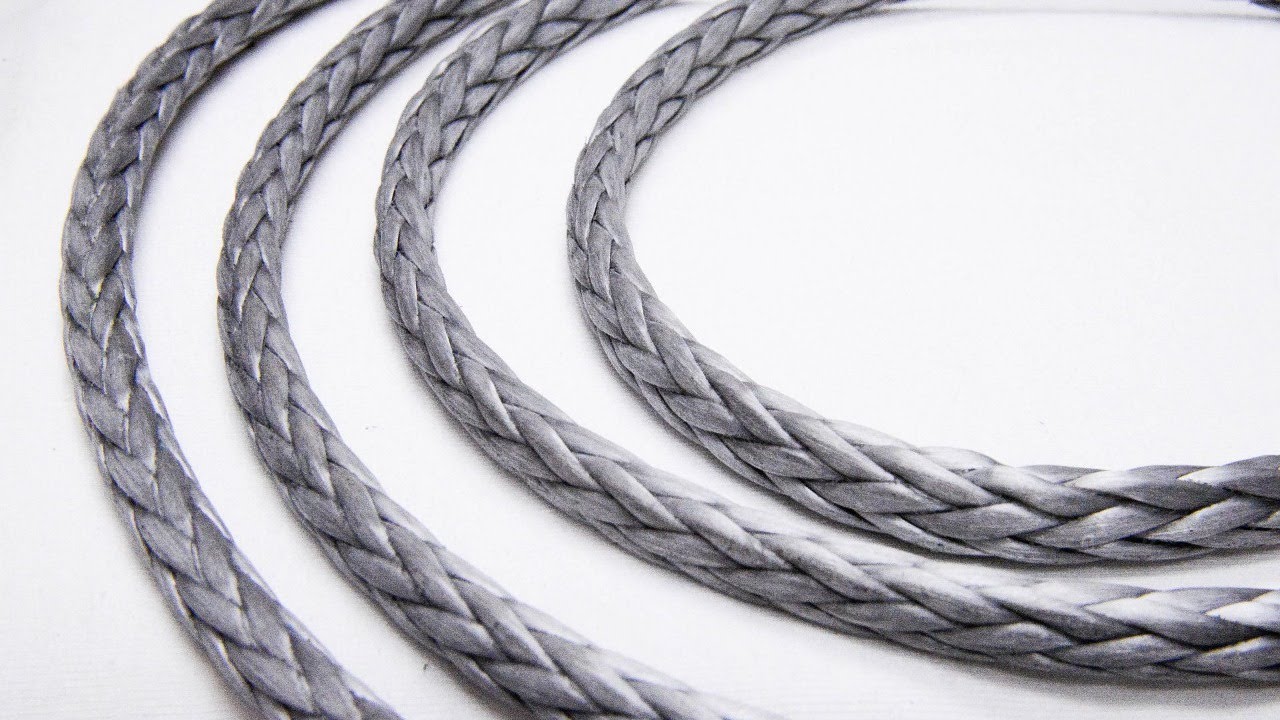
Dyneema, namely Ultra High Molecular Weight Polyethylene, is one of the hardest materials produced by human hands. The reason for this hardness is its high molecular weight. The interaction between the long chains in the molecular structure makes this substance Makes it 15 times stronger than steel. Despite being lighter than water, Dyneema is strong enough to even stop a bullet when used correctly. Due to its thin structure, it is an indispensable material for traction ropes.
Fragile glass is no longer so innocent: Palladium micro-alloy glass
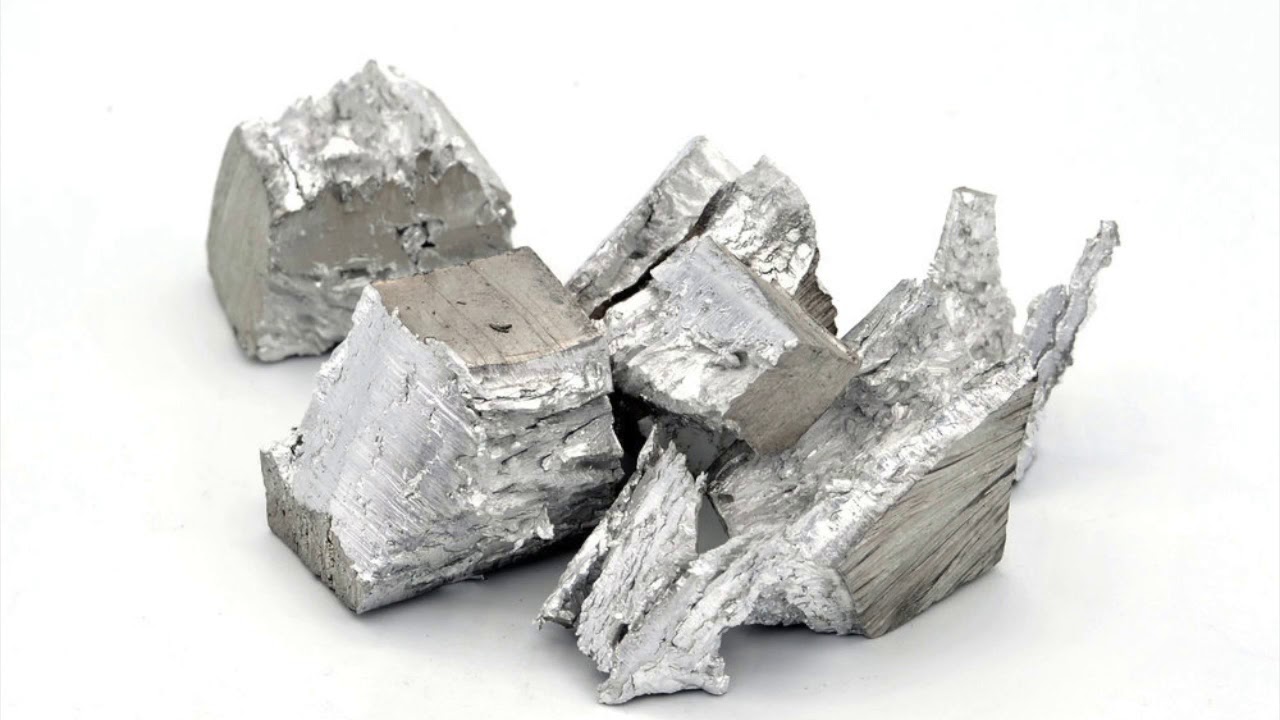
For a substance to be considered fully strong, it must be both strong and tough. This means that it can withstand high weights without compromising its structural integrity. Thanks to the elements phosphorus, silicon, germanium, silver and palladium added to a delicate material such as glass. glass now leaves its former fragility behind and a palladium micro-alloy glass emerges. You can think of this carbon-free material as a glass reinforced with plastic.
The strongest imitation of nature: Buckypaper
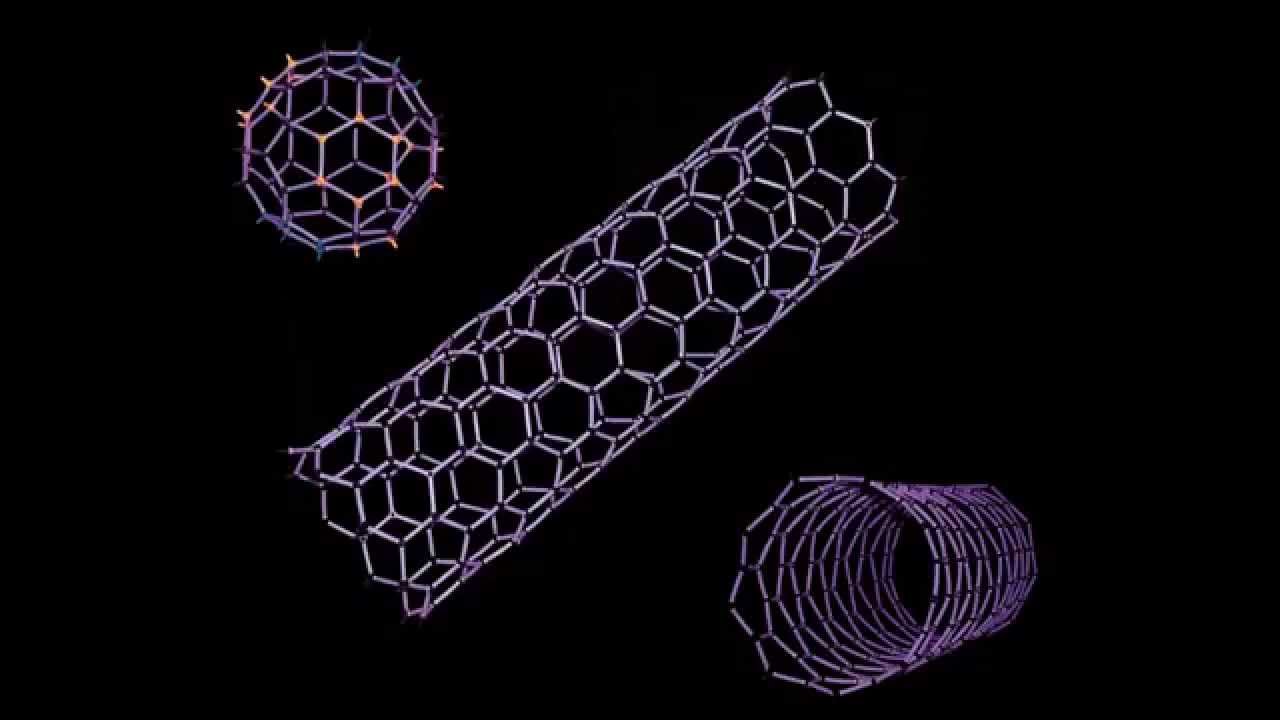
Scientists have developed carbon nanotubes that mimic the pure carbon structure of diamond. Each Buckypaper, which consists of these carbon nanotubes with a width of 2 to 4 nanometers, Although it is only 10% heavier than steel, it is hundreds of times stronger than steel. Buckypaper is fire resistant, has thermal conductivity, provides electromagnetic shielding, and for these reasons it can be used in materials science, electronics, military, and biology thanks to its nano level.
Hardest material ever produced: Graphene
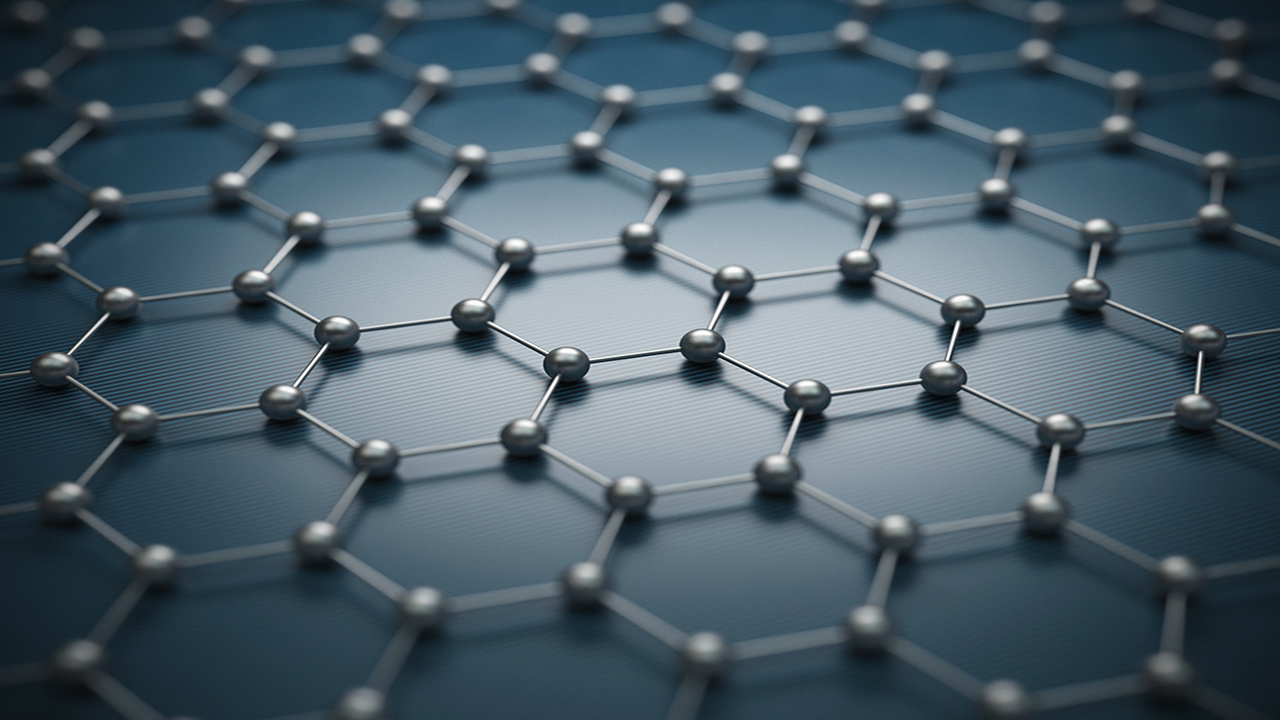
Graphene, which is the main material of carbon nanotubes from which the Buckypaper material is made, is used by many experts. It is seen as the last point of 21st century technology. At just a single atom thick, graphene is the hardest and most durable material ever seen for its size. It has even won the Nobel Prize for scientists working on this subject. In the coming years, we will encounter graphene in all fields that come to our minds or not. It is estimated that the graphene industry will reach a billion-dollar capital strength in the next ten years.
Even though we know it as a diamond for many years, actually produced by nature and produced by man We mentioned that there are much harder materials. The fact that graphene, the hardest substance in the world, was produced by human hands, reveals the development of humanity.
